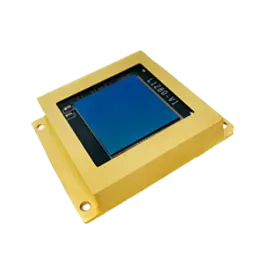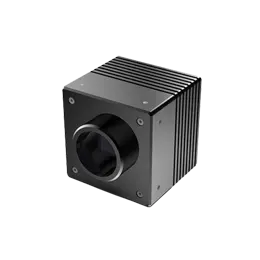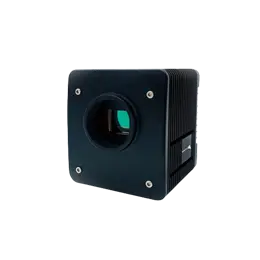Infrared imaging and detection serve as critical components in various technological sectors, from medical diagnostics to telecommunications and environmental monitoring. One pivotal development in this field has been the emergence of Indium Gallium Arsenide (InGaAs) sensors. These cutting-edge devices exhibit remarkable sensitivity and efficiency, revolutionizing the way we perceive and utilize infrared (IR) technology. In this blog post, we'll explore what InGaAs sensors are, their applications, and the significant advantages they hold over traditional IR sensors.
InGaAs sensors are semiconductor devices made from a combination of indium, gallium, and arsenide. They are particularly effective in detecting infrared light in the wavelength range of approximately 0.9 to 1.7 micrometers, a spectrum crucial for numerous scientific and industrial applications. Unlike traditional silicon-based sensors, InGaAs sensors have the unique ability to detect near-infrared (NIR) light, making them highly advantageous for specific purposes.
The basic structure of an InGaAs sensor involves a photodiode, which converts incoming light into an electric signal. This conversion process is where InGaAs material truly shines, as its sensitivity to near-infrared light is significantly higher than that of other conventional sensor materials. This exceptional sensitivity allows for the capturing of fine details and subtle differences, crucial in applications requiring precision and reliability.
Medical Diagnostics
In the medical field, accurate imaging is paramount. InGaAs sensors contribute immensely to advanced diagnostic equipment such as Optical Coherence Tomography (OCT) systems. OCT uses near-infrared light to capture high-resolution images of tissues and is widely employed in ophthalmology, cardiology, and dermatology. The sensitivity of InGaAs sensors enables these systems to deliver clearer and more detailed images, facilitating early detection and better treatment outcomes.
Telecommunications
The telecommunications industry leverages InGaAs sensors for their superior performance in detecting and processing optical signals. Fiber optic communication systems, which are the backbone of modern internet infrastructure, rely on IR light to transfer data over long distances with minimal loss. InGaAs sensors efficiently convert these optical signals into electrical signals, ensuring high-speed data transmission and robust network performance.
Environmental Monitoring
Environmental monitoring is another domain benefitting from InGaAs sensor technology. These sensors are used in remote sensing instruments to detect and analyze various elements in the environment, such as atmospheric gases, soil composition, and water quality. The high sensitivity and specific wavelength detection capabilities of InGaAs sensors make them perfect for monitoring subtle changes in the environment, aiding in research and the implementation of conservation strategies.
InGaAs sensors bring several advantages over traditional IR sensors, primarily due to their unique material properties. Here are some notable benefits:
Superior Sensitivity: InGaAs sensors exhibit higher sensitivity to near-infrared light, enabling the detection of faint signals and providing more accurate results.
Broader Wavelength Range: These sensors can effectively operate in a broader wavelength range (0.9 - 1.7 micrometers), making them versatile for various applications.
Enhanced Signal-to-Noise Ratio: InGaAs sensors typically have a better signal-to-noise ratio compared to their silicon counterparts, which translates to clearer images and more reliable data.
Faster Response Time: The photodiodes in InGaAs sensors have a faster response time, crucial for applications that require real-time monitoring and immediate feedback.
The development and deployment of InGaAs sensors have revolutionized the capabilities of infrared imaging and detection across multiple industries. From providing enhanced medical diagnostics to ensuring efficient telecommunications and accurate environmental monitoring, these sensors have proven themselves as invaluable tools. Their superior sensitivity, broader wavelength range, enhanced signal-to-noise ratio, and faster response time set them apart from traditional infrared sensors, charting a promising path for future innovations.
As technology continues to evolve, we can anticipate further advancements in InGaAs sensor technology, unlocking new potential and opening doors to applications we have yet to imagine. Their current impact, however, is undeniably transformative, marking a significant leap forward in the realm of infrared imaging and detection.



